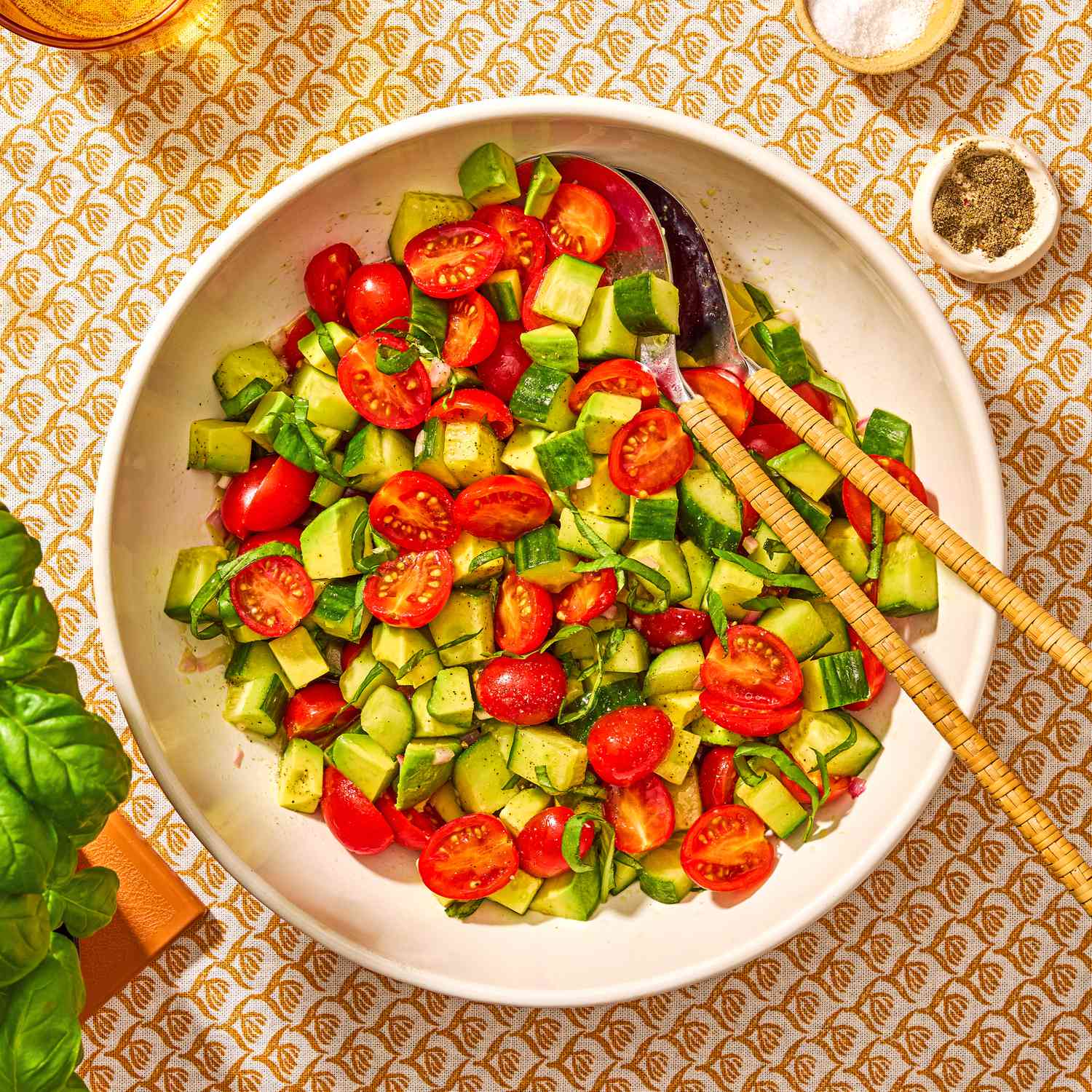For many American households, chicken is the go-to dinner. Not only is it universal to most cuisines and styles of cooking, but it also lends itself to a wide variety of flavor profiles and typically pleases everyone, even the pickiest eaters. Add to that the health halo that has surrounded it for the last several decades, and it’s no wonder the average American eats over 100 pounds of chicken a year.
But is there such a thing as too much chicken? Is it possible to overdo it in our quest to get dinner on the table, eat healthy, or get our entire family to enjoy the same food? I took a deep dive into the topic and interviewed two nutritionists for their expert opinions. Here’s what I learned—and what it means for your weeknight dinner rotation.
What Are The Health Benefits Of Chicken?
The benefits of chicken are undeniable. Dietitian and health coach Jessica Cording shares that it’s a great source of lean protein, which is “essential for building and retaining muscle,” in addition to carrying a lot of key nutrients such as vitamin B-12, potassium, and selenium. But the benefits don’t stop there. According to Kim Yawitz, R.D., and a gym owner in St. Louis, MS, choosing to eat chicken instead of less healthy proteins such as “steak, bacon, and deli meat” may help to “protect against heart disease and stroke” later in life. At first glance, chicken seems like a win-win.
Are All Types Of Chicken Equally Nutritious?
Chicken’s nutritional value vastly depends on the specific cut and whether or not it contains skin. For example, a 3.5-ounce serving of boneless skinless white meat clocks in at 32 grams of protein and only 3 grams of fat, while the same amount of dark meat contains just 23 grams of protein and 8 grams of fat, some of which is saturated. And if it’s bone-in and skin-on (the case with most drumsticks and thighs), the fat content nearly doubles.
But that doesn’t mean we should completely avoid dark meat. According to Yawitz, while the breast meat is “lower in sodium and saturated fat,” dark meat is actually “higher in iron and zinc.” So it’s definitely bringing something to the table (pun intended!). It’s just important to remember that not all types of chicken will give you the same nutritional bang for your buck.
What’s The Healthiest Way To Prepare Chicken?
It’s also important to consider how the chicken is cooked. Unless you’re obsessed with poached chicken breasts, any chicken you eat has probably been cooked in fat, breaded and fried, or (at the very least) is accompanied by a sauce or salad dressing. This can have huge implications for the overall nutritional value of the chicken.
Most of us know that breaded and fried (even air fried!) chicken isn’t the healthiest option, but Cording also warns against eating too much chicken that has been grilled or roasted. Charring protein can cause “potentially harmful compounds called Advanced Glycation End Products,” which have been “linked to oxidative stress and inflammation, increased risk of diabetes, cancer, Alzheimer’s disease, and heart disease.” Those of us who love a grilled chicken skewer, take note! Don’t get me wrong: You can still enjoy souvlaki on occasion, but if you’re a die-hard poultry fan, it might be smart to experiment with stewing, poaching, or even steaming as well.
You’ll also want to think about what you’re eating with your chicken. Over the last 70 years, the chicken nugget craze has spawned a national obsession with dipping chicken into sauces. A serving of boneless, skinless chicken breast becomes a lot less “lean” when you dip it into a bowl of creamy ranch dressing or sugary honey mustard.
So, Is It Healthy To Eat Chicken Every Day?
While it’s not unhealthy to eat chicken every day, there are definitely factors to consider. Details such as which type of chicken and how it’s prepared can make a huge difference in how healthy that chicken is for you.
It’s also smart to remember the importance of a varied diet. Yawitz points out that eating chicken to the exclusion of other things can result in “nutrient deficiencies, especially if you’re not getting enough variety elsewhere in your diet.” Cording agrees: “I always encourage mixing up what you’re eating. If we stick with only a few foods, we may miss out on certain nutrients we need.”
The moral of the story? All things in moderation. Yes, you can enjoy a deep-fried chicken wing, or a roast chicken thigh slathered in BBQ sauce every once in a while; just make sure you’re mixing it up with a hearty chicken noodle soup or poached chicken breast on a regular basis. And consider throwing in a pork chop or some baked tilapia with a heap of vegetables for some variety. Your body will thank you.
As food editor at Delish, Taylor Ann has tested and developed dozens of recipes, styled numerous photo & video shoots, and writes feature stories specializing in health, food science, and safety. Her Delish feature, “8 Reasons You Should Never Eat Baby Carrots,” has been read by 1.1M people, and her recipes, such as my Frico fried eggs, grilled Brie, and spinach puffs, have garnered 2.4M views on TikTok & IG. Taylor Ann has received a Top Toque award from ICE and has previously worked as a cook, most notably at abcV in NYC, and as a freelance recipe developer, working with outlets such as Health eCooks and Feel Good Foodie. TA loves to explore new cities and regions of the world and is particularly passionate about exploring foreign grocery stores. When she’s not writing, cooking, or dreaming up new recipes to explore, she’s listening to podcasts, running in the park, or going for long walks with her husband.
See more at www.projectcookbook.org Expertise: Food science, plant-based food, baking, and pastry Education: Culinary Arts degree from the Institute of Culinary Education, Bachelor in English with Writing and Theater from Hope College


